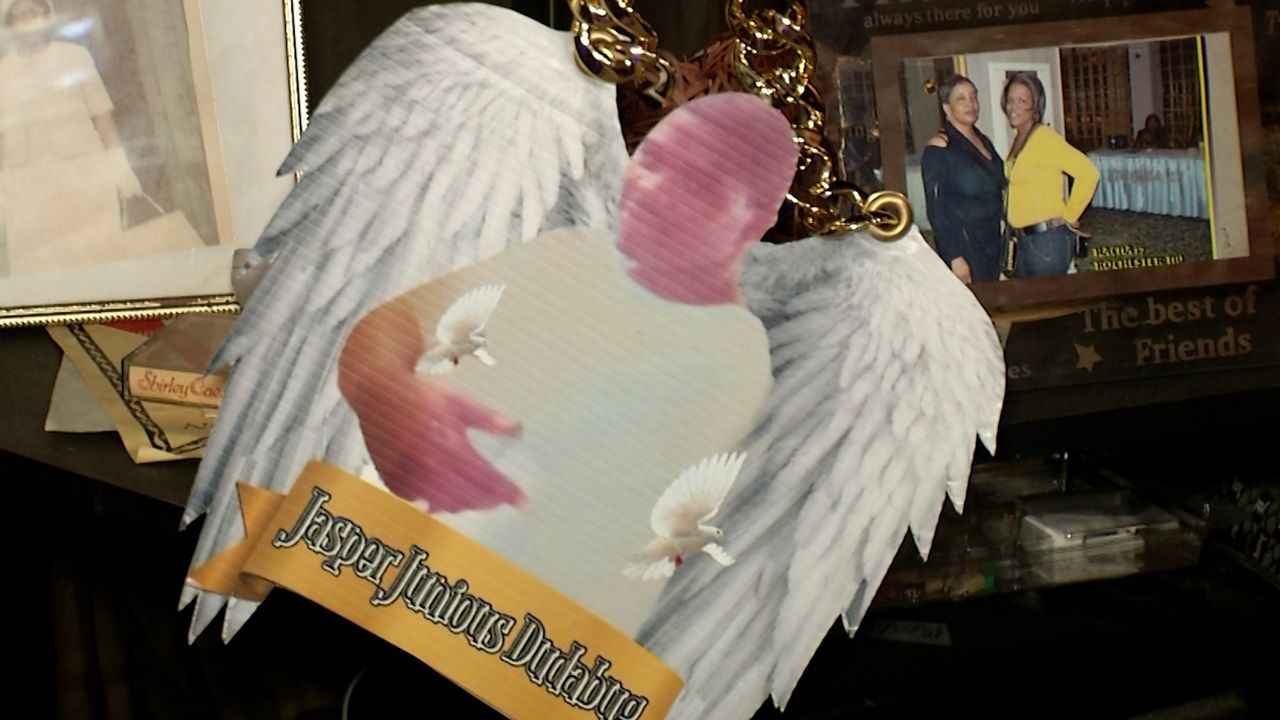If you plan on spending any time outdoors during this upcoming Fourth of July holiday, you’ll want hear more about an alert from the Centers for Disease Control and Prevention concerning dengue fever.
The CDC is concerned about the increase in dengue fever in North America, specifically naming three locations – Puerto Rico, Florida and New York state.
“Dengue is transmitted around the world,” said Cornell Post Doctoral Researcher Dr. Kara Fikrig. “This year is a record-breaking year in the Americas. There are more dengue cases than we have ever seen before.”
Fikrig knows what’s she’s talking about when it comes to mosquitoes and dengue ever. She spends six months of the year in the Peruvian Amazon in a remote area you can only get to by boat or plane.
The people there consider dengue fever the number one health threat.
“I’m looking at that dynamic of this expansion of this mosquito into places it never was before,” said Fikrig.
Now back home, she is focusing her research on New York state and its 100-plus reported cases of the dengue virus infections reported so far this year.
“One-hundred cases is a lot of cases, and those are all people who can become severely ill, and it’s particularly worrisome to have that many of travel-related cases because our doctors here are not on the lookout for dengue,” said Fikrig. “It’s not a common illness here.”
This week, the CDC issued an alert as the infection has been reported in 43 states with nearly 2,250 cases across the country.
In New York, the CDC lists 21 counties in where dengue fever has been reported this year.
“This year is beyond what we’ve seen before and we’re only halfway through the year,” said Fikrig.
The dengue virus is transmitted through mosquitoes. In our area, the culprit is the Aedes Albopictus. It survives our New York winters and can be a carrier of the dengue virus.
Dr. Fikrig offers this: “The mosquito that transmits dengue is a day biter. We think of mosquitos coming out around dusk, but with the dengue mosquito that’s not the case. They bite during the day. They can bite at dusk as well.”
The CDC says the most common symptoms of dengue are high fever of 104 degrees, headache, muscle, bone or joint pain, nausea, vomiting, rash, pain behind the eyes and swollen glands.
“And then that can escalate to severe dengue, which is a life-threatening condition that can cause hemorrhaging and can result in death,” said Fikrig.
Dengue causes about 40,000 deaths around the world each year. You can protect yourself by eliminating water sources on your property where mosquitoes can populate, by using DEET or other bug repellants and wearing clothing that covers your skin.










